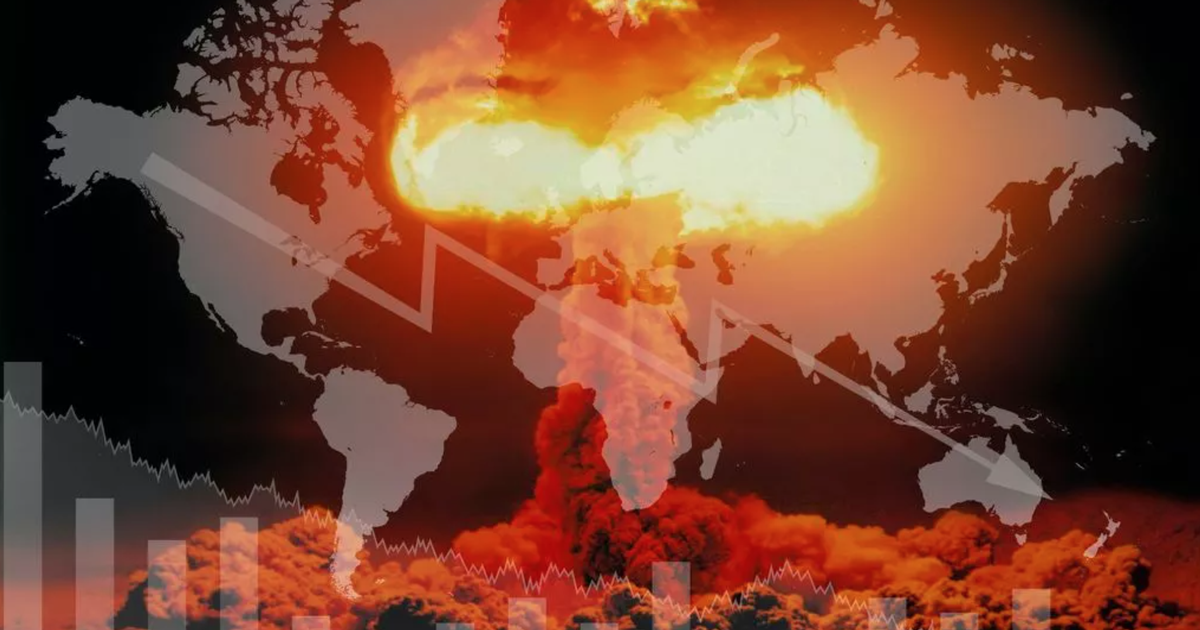Dmitry Rogozin warned dozens of sites linked to the UK defences would be targeted, stating more than 20 locations could be hit.Julia Banim Audience Writer, Ellie Fry Deputy Features Editor and Rory Cassidy Reporter
17:48, 04 Oct 2025
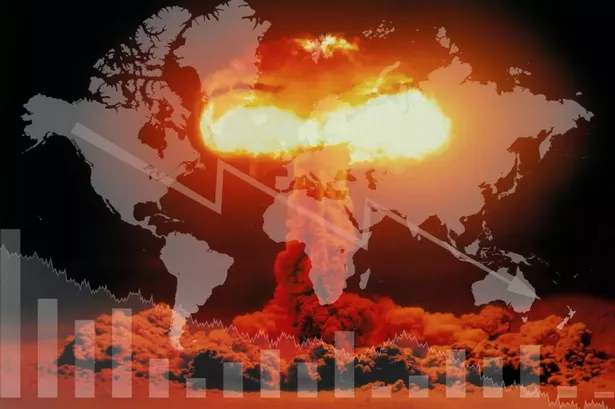 There are three Scottish locations in the UK that could be safe.(Image: Getty Images.)
There are three Scottish locations in the UK that could be safe.(Image: Getty Images.)
The safest places in Scotland if World War III breaks out have emerged – after a top Russian official sparked fresh combat fears with a new wave of threats.
Dumfries and Inverness are the only two Scottish locations to make it into the Top 20 safest places to be in the United Kingdom during a nuclear war.
But the remote island of Foula, on the Shetland Isles, could well be the safest place in the UK, depending on the amount of radiation swept over by winds.
Dmitry Rogozin warned dozens of sites linked to the UK defences would be targeted, stating more than 20 locations could be hit, The Mirror reports.
 Dmitry Rogozin.(Image: Roscosmos/EAST2WEST NEWS.)
Dmitry Rogozin.(Image: Roscosmos/EAST2WEST NEWS.)
The senator and war combatant was formerly deputy premier and space agency chief, and as part of Russia’s latest warning, he shared a map of 23 defence sites.
The locations consist of both military and industrial sites across all four nations of the UK. Rogozin took the map from the UK government’s policy paper ‘Defence Industrial Strategy 2025: Making Defence an Engine for Growth’.
The chilling threat comes after former British defence secretary Ben Wallace called for “making Crimea uninhabitable and unviable from a Russian point of view” this week.
Propagandist Vladimir Solovyov – whose TV rants are scripted by the Kremlin – said: “Dmitry Rogozin today posted a reminder of targets in Britain that could be destroyed first. The idiots will get what’s coming to them, they’ll just get what’s coming to them.”
While it’s thankfully still unlikely that Russia will unleash such horrors on the UK, the latest threats have naturally left Brits wondering what a nuclear strike would look like, and what steps could be taken to attempt at least some chance of survival.
 Join the Daily Record WhatsApp community!
Join the Daily Record WhatsApp community!
Get the latest news sent straight to your messages by joining our WhatsApp community today.
You’ll receive daily updates on breaking news as well as the top headlines across Scotland.
No one will be able to see who is signed up and no one can send messages except the Daily Record team.
All you have to do is click here if you’re on mobile, select ‘Join Community’ and you’re in!
If you’re on a desktop, simply scan the QR code above with your phone and click ‘Join Community’.
We also treat our community members to special offers, promotions, and adverts from us and our partners. If you don’t like our community, you can check out any time you like.
To leave our community click on the name at the top of your screen and choose ‘exit group’.
If you’re curious, you can read our Privacy Notice.
Dr Arnab Basu, CEO of Kromek Group plc, told the Mirror last month: “If a nuclear strike were launched on a UK city, residents would likely be given some warning.
“For those outside the immediate blast zone, the priority is to get to shelter quickly, ideally the most central part of a building. Seal windows and doors with tape to reduce radioactive dust entering.
“Fill every possible container with water, such as sinks and bathtubs, as water supplies are likely to be contaminated after the explosion.”
And while many would be tempted to flee in search of the safest possible place, Dr Basu has advised this may not be the wisest move.
He previously authored a White Paper on “rethinking our readiness for rapid response radiation monitoring in the face of nuclear incidents”.
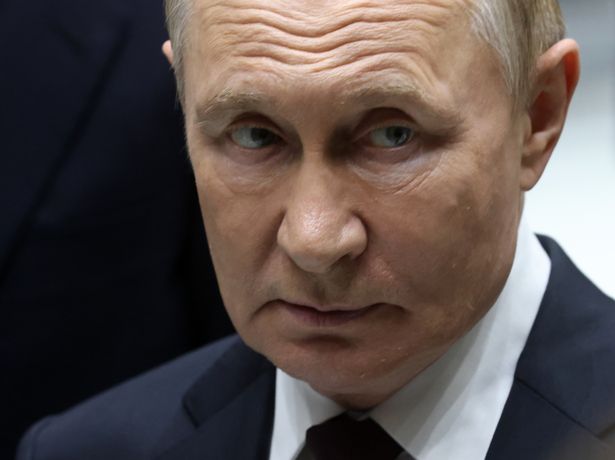 Russian President Vladimir Putin(Image: Contributor/Getty Images)
Russian President Vladimir Putin(Image: Contributor/Getty Images)
He urged: “For the next two to three days, remain indoors, preferably in the most central part of your shelter, away from exterior walls and windows.
“Survival depends less on fleeing and more on shielding yourself from fallout, limiting exposure and relying on stored resources until immediate radiation levels begin to fall.”
When it comes to the safest areas to be, The International Commission on Radiological Protection (ICRP) states: “The best way to protect you and your family before, during, and after a nuclear blast is getting inside the centre of a building or basement.
“On August 6, 1945, Mr Eizo Nomura was in the basement of a building in Hiroshima, about 170 meters from ground zero. He survived the atomic bombing and died in 1982 at the age of 84.
“Most people within a few hundred metres of a nuclear detonation are not likely to survive, especially if unprepared. Be inside before the fallout arrives. After a detonation, you will have 10 minutes or more to find an adequate shelter before fallout arrives.
“If a multi-story building or a basement can be safely reached within a few minutes of the explosion, go there immediately. The safest buildings have brick or concrete walls. Underground parking garages and subways can also provide good shelter.”
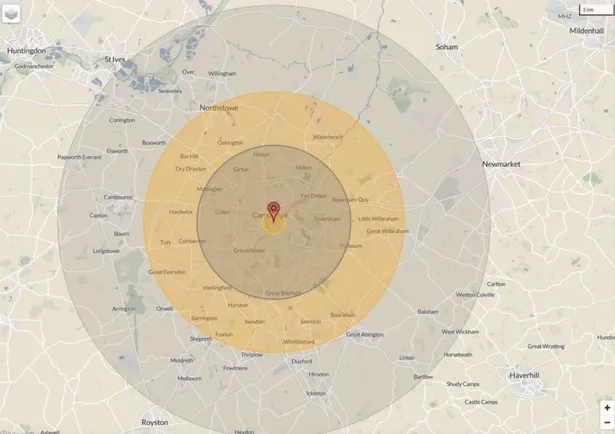 If Cambridge was hit with an 800 kiloton nuke, this is what the damage would be.(Image: NukeMap/Nuclear Secrecy.)
If Cambridge was hit with an 800 kiloton nuke, this is what the damage would be.(Image: NukeMap/Nuclear Secrecy.)
Given this advice, many would naturally assume that London, with its extensive underground network, would be the safest place, with the tube tunnels having allowed some protection from blasts during the dark days of the Blitz.
However, some experts fear that modern nuclear weapons could penetrate much further than the bombs of World War II, meaning even the 58-metre-deep Hampstead station would still be too close to the surface.
Andrew Futter, a Professor of International Politics at the University of Leicester, previously told My London that the Underground “probably wouldn’t be deep enough if there was a direct hit”.
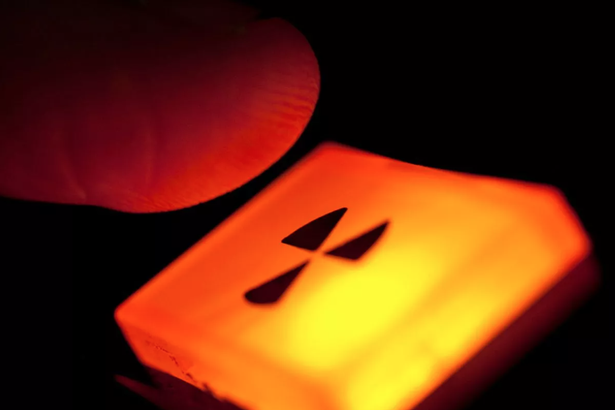 After detonation, you would have 10 minutes or more to find shelter, an expert has explained.(Image: Getty Images.)
After detonation, you would have 10 minutes or more to find shelter, an expert has explained.(Image: Getty Images.)
Therefore, should a nation such as Russia target one of the UK’s major cities – from London to Edinburgh – being outside of the blast zone would present the best chance of survival.
When it comes to the reach of nuclear blasts, several factors must be considered, including a radiation radius of 153 km2, a fireball radius of approximately 197 km2, an air blast radius between 321 km2 and 1,420 km2, and a thermal radiation radius of 12,960 km2.
Although these distances can vary depending on weather conditions, property researchers have previously compiled a list of places that could provide relative safety in this nightmare scenario.
These 20 locations, listed by property portal EMoov back in 2017, are situated outside of the immediate range of blasts in major British cities:
- Cornwall
- Weymouth
- Folkestone
- Dover
- Margate
- Clacton-on-Sea
- Felixstowe
- Brixworth
- Bideford
- Aberystwyth
- Skegness
- Isle of Anglesey
- Barrow in Furness
- Lancaster
- Whitby
- Carlisle
- Dumfries
- Berwick-upon-Tweed
- Inverness
